
지난 포스팅에서 컴퓨터 비전의 과거와 CNN(Convolution Neural Network)의 구성 요소, 퍼셉트론, 합성곱층에 대해 알아보았습니다. 합성곱층과 함께 풀링, 활성화 함수, 드랍아웃 등 다양한 요소를 활용한다면 모델의 성능을 더욱 향상시킬 수 있습니다. 오늘 포스팅에서는 CNN에서 사용될 수 있는 다양한 기법들과 함께 CNN의 학습이 어떤 방식으로 이루어지는지 살펴보도록 하겠습니다. 1. CNN의 구성요소 <그림

지난 포스팅에서 컴퓨터 비전의 과거와 CNN(Convolution Neural Network)의 구성 요소, 퍼셉트론, 합성곱층에 대해 알아보았습니다. 합성곱층과 함께 풀링, 활성화 함수, 드랍아웃 등 다양한 요소를 활용한다면 모델의 성능을 더욱 향상시킬 수 있습니다. 오늘 포스팅에서는 CNN에서 사용될 수 있는 다양한 기법들과 함께 CNN의 학습이 어떤 방식으로 이루어지는지 살펴보도록 하겠습니다. 1. CNN의 구성요소 <그림

컴퓨터가 인간보다 잘 하는 몇 가지 분야가 있는데, 그 중 하나가 바로 이미지 인식입니다. 2012년 알렉스넷이 개발된 이후 컴퓨터 비전 분야는 급속도로 성장하여 우리 일상에 자연스럽게 스며들었습니다. 오늘 포스팅에서는 컴퓨터가 이미지를 어떻게 인식할 수 있는지 이론을 중심으로 살펴보도록 하겠습니다. 1. 컴퓨터 비전의 과거 우리가 모니터를 통해 바라보는 이미지의 구조부터 알아보겠습니다.
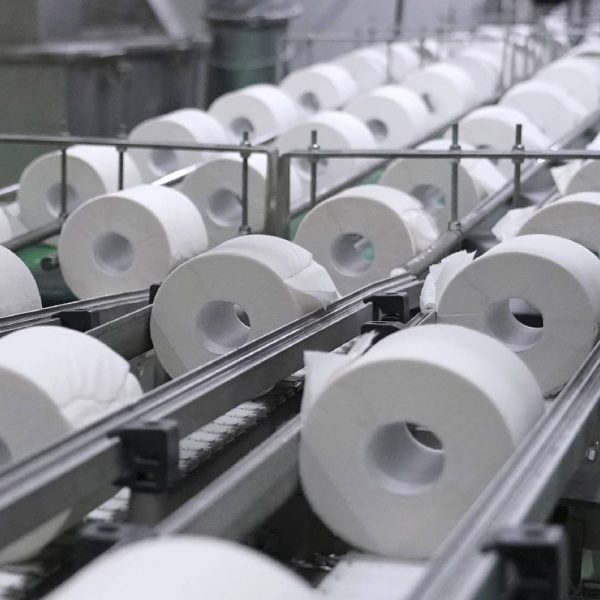
Computer vision is a field of artificial intelligence that teaches computers to understand visuals. Using digital images from cameras and videos and deep learning models, machines can learn to recognize and categorize objects and respond to their surroundings based on what they “see.” Computer vision's accuracy has skyrocketed in the

The global population is aging faster than ever. The United Nations estimates there are nearly one billion people over the age of 60. That number is expected to more than double by 2050. With this growth comes a rise in chronic illnesses that are, unfortunately, part of the aging process.
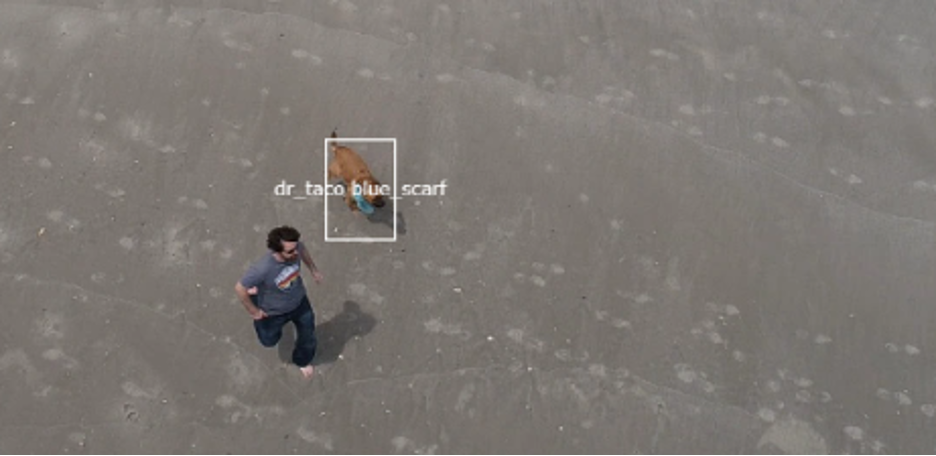
I will show you how to deploy multi-stage deep learning (DL) models in SAS Event Stream Processing (ESP) and leverage ESP on Edge via Docker containers to identify events of interest.
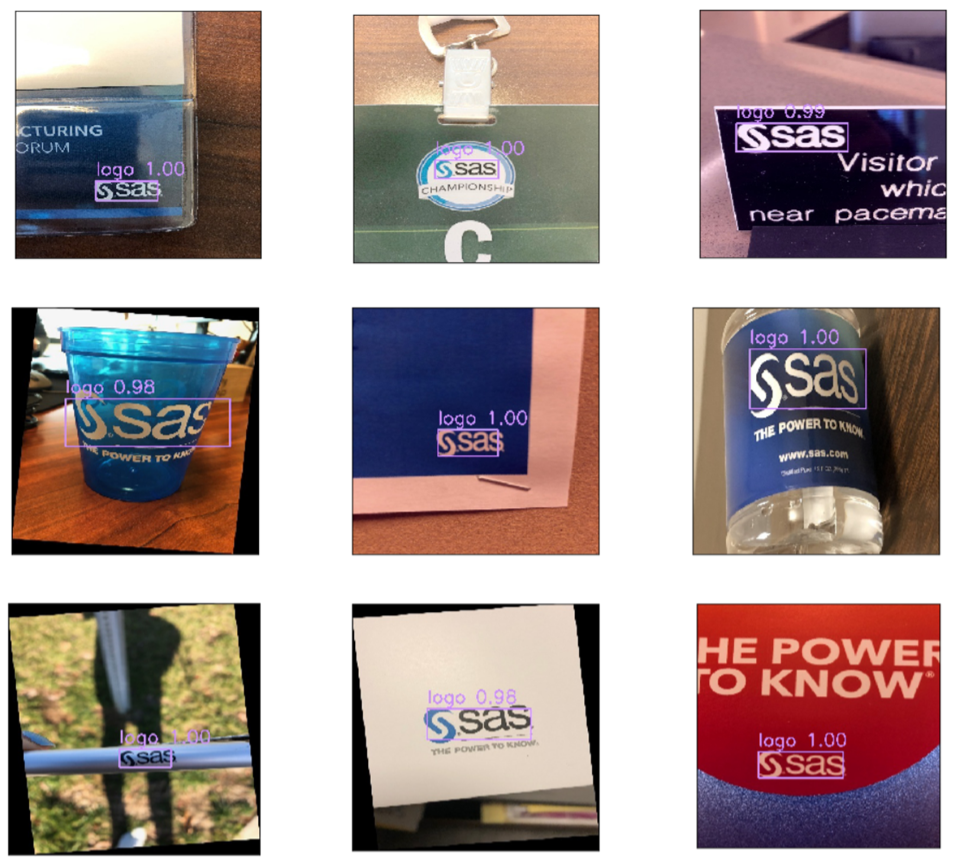
Using SAS Viya in combination with open-source capabilities, we were able to develop an automated solution for logo detection that does not require any manual data labeling.
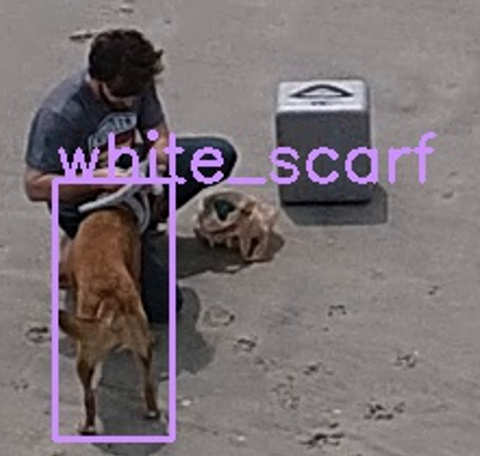
Let's create a Multi-stage Computer Vision model to detect objects on high-resolution imagery taken from an aerial view. The goal is to locate a dog and determine if he is wearing a scarf or not and what color the scarf is.
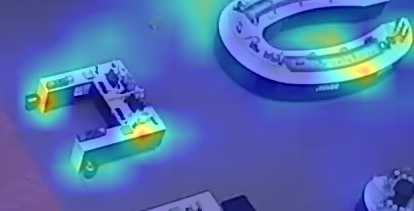
SAS' Jordan Leiker shows you how any CAS action can be used with image data to create heat maps.

SAS' Hamza Ghadyali reveals how to build computer vision solutions with privacy baked into their design.
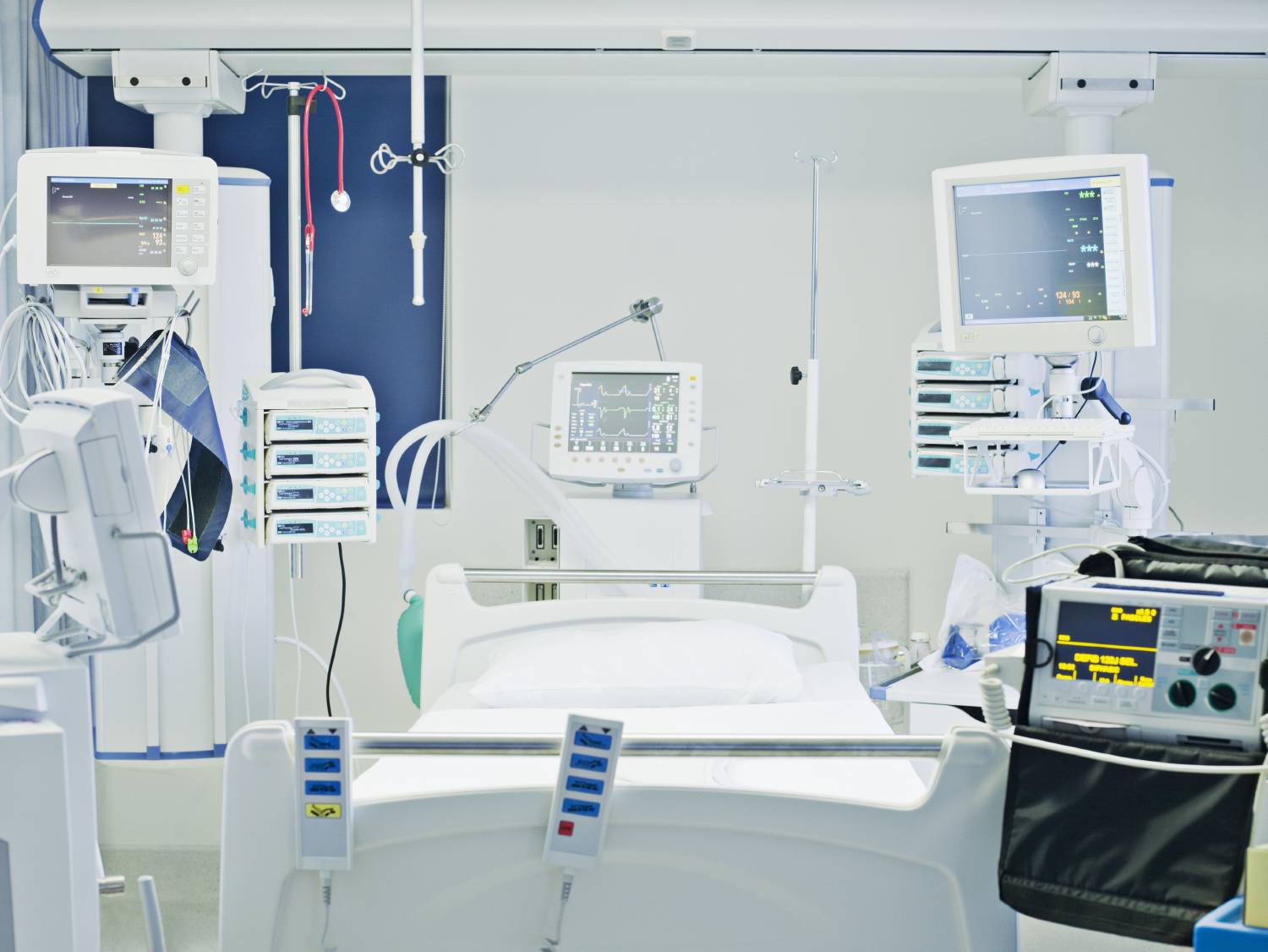
Dutch project aims to increase safety of gall bladder surgery Predictive models and medical image analysis have the potential to transform health care delivery today. To accelerate the innovative approaches, teams around the world are converging in a global hackathon as organized by SAS to advance the field of health

An embedding model is a way to reduce the dimensionality of input data, such as images. Consider this to be a type of data preparation applied to image analysis. When an embedding model is used, input images are converted into low-dimensional vectors that can be more easily used by other computer vision tasks. The key to good embedding is to train the model so that similar images are converted to similar vectors.

I spoke with Antonie Berkel and Dr. Joost Huiskens about a systems analysis project for the design of a clinical decision support system (CDSS) which integrates computer vision to help radiologists monitor the progression of tumors.

Most organisations that must maintain a physical network have similar challenges in keeping their networks safe and operational. Whether you run an energy distribution network, a telecommunications network, or a road, rail or canal network, you need to keep it clear of obstructions. And one of the biggest culprits tends

In my previous post, I shared how I’ve been working on a fascinating project with one of the world's largest pharmaceutical companies. The company is applying SAS Viya computer vision capabilities to an advanced medical device to help identify potential quality issues on the production line. By providing 100% visual

Over the past few months, I’ve been working on a fascinating project with one of the world's largest pharmaceutical companies to apply SAS Viya computer vision to help identify potential quality issues on the production line as part of the validated inspection process. As I know the application of these
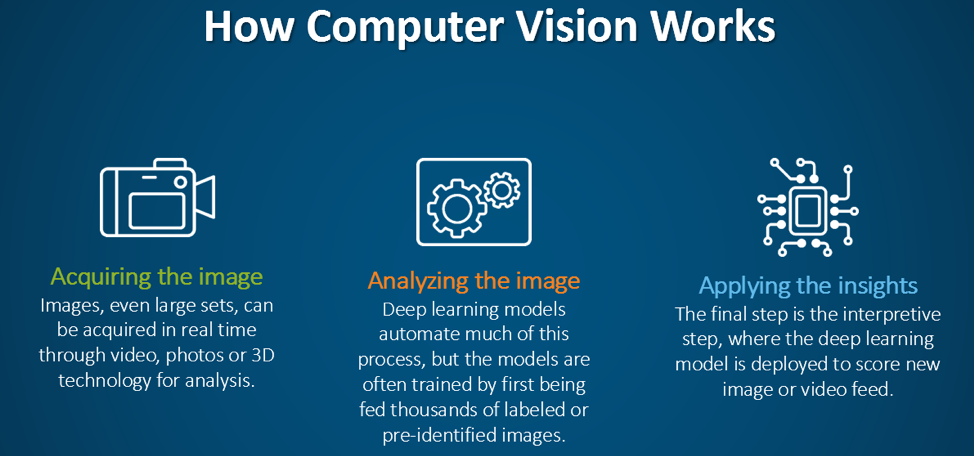
Computer vision can augment radiologists and make the image interpretation process cheaper, faster and more accurate. The ultimate goal is to achieve a better patient outcome facilitated by the use of computer vision.
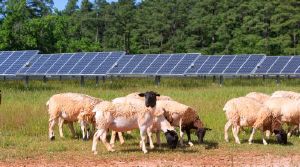
How can a solar farm ensure peak energy production? And what factors can be adjusted to optimize production throughout the day, the week and season-by-season? These are just some of the questions that a team of data scientists have asked and answered about the SAS solar farm using data, drones

Thanks to recent advances in Artificial Intelligence (AI) and deep learning, image recognition has become a reality.
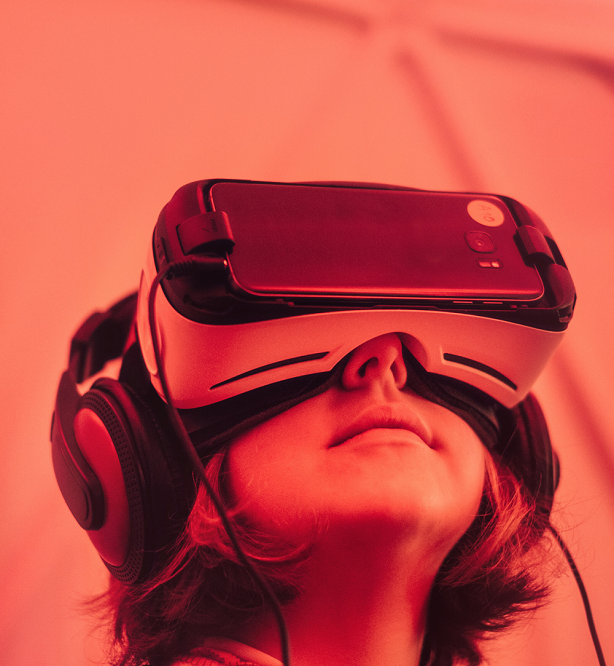
At the #AISummit early this summer, I was interested to see that one of the most popular demos on the SAS stand was of object detection. A camera was detecting the nature of an object waved in front of it and tracking it moving through the livestream. This was a

This series of videos spotlights a very powerful API that lets you use Python while also having access to the power of SAS Deep Learning.
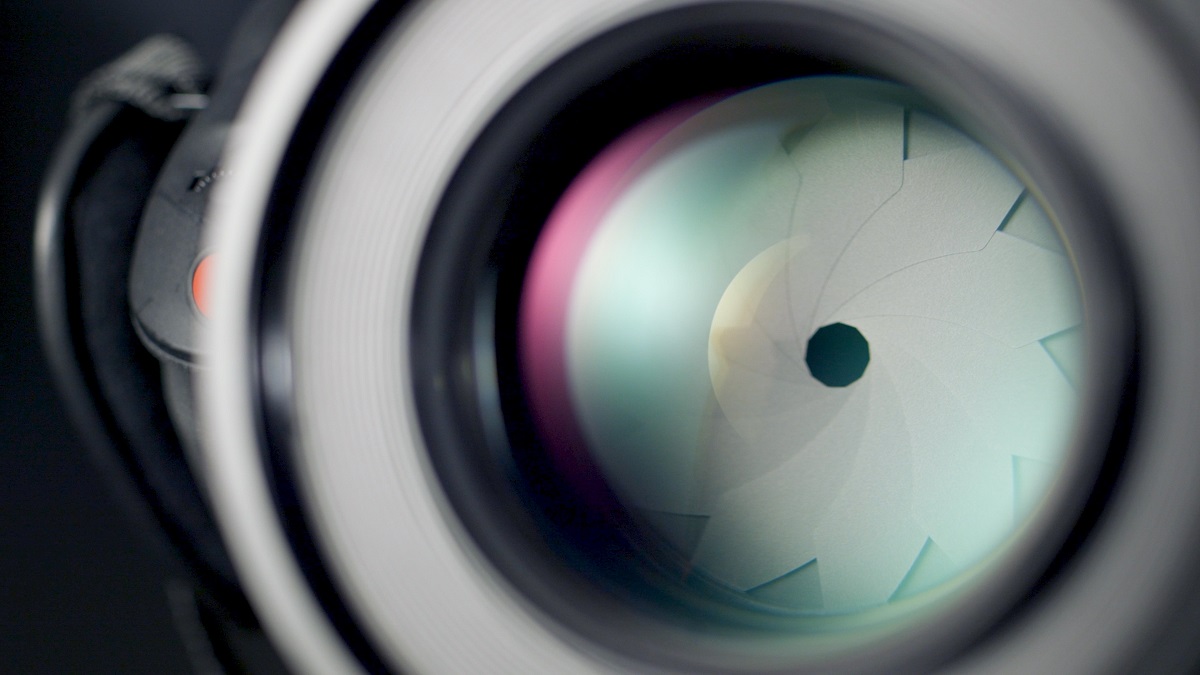
Some people still associate artificial intelligence (AI) with robots taking over the world. There's a lot of hype around self-driving cars and personal robots. However, there are far more realistic and beneficial examples of AI in everyday life. AI is the science of training systems to emulate human tasks through

Neural networks, particularly convolutional neural networks, have become more and more popular in the field of computer vision. What are convolutional neural networks and what are they used for?
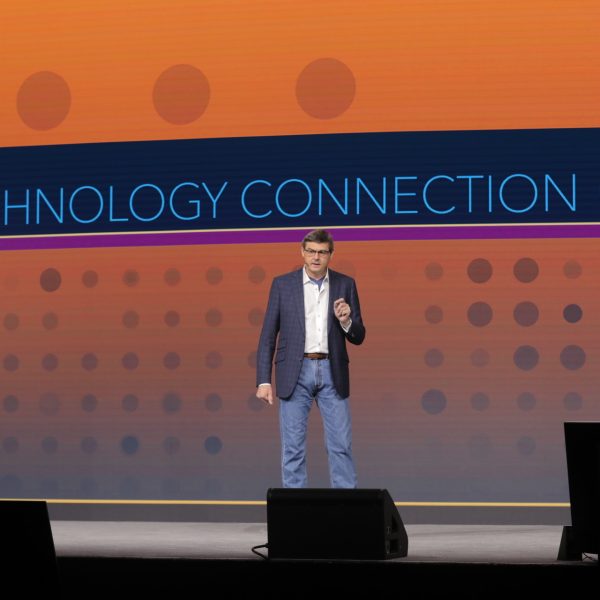
Artificial intelligence is the attention-grabbing, overhyped, shiny object that every organization is searching to make use of. Yes, it is overhyped, but it’s also very real and very powerful. “We do not want to add to the hype. We do not want to add to the confusion. We want to

According to the World Cancer Research Fund, Breast cancer is one of the most common cancers worldwide, with 12.3% of new cancer patients in 2018 suffering from breast cancer. Early detection can significantly improve treatment value, however, the interpretation of cancer images heavily depends on the experience of doctors and technicians. The

Computer vision is one of the most sought-after artificial intelligence (AI) applications today, finding a wide variety of use cases in image recognition, object detection, biomedical assessment, and more. SAS supports a diverse set of AI and deep learning capabilities that can be used in many of these applications. One
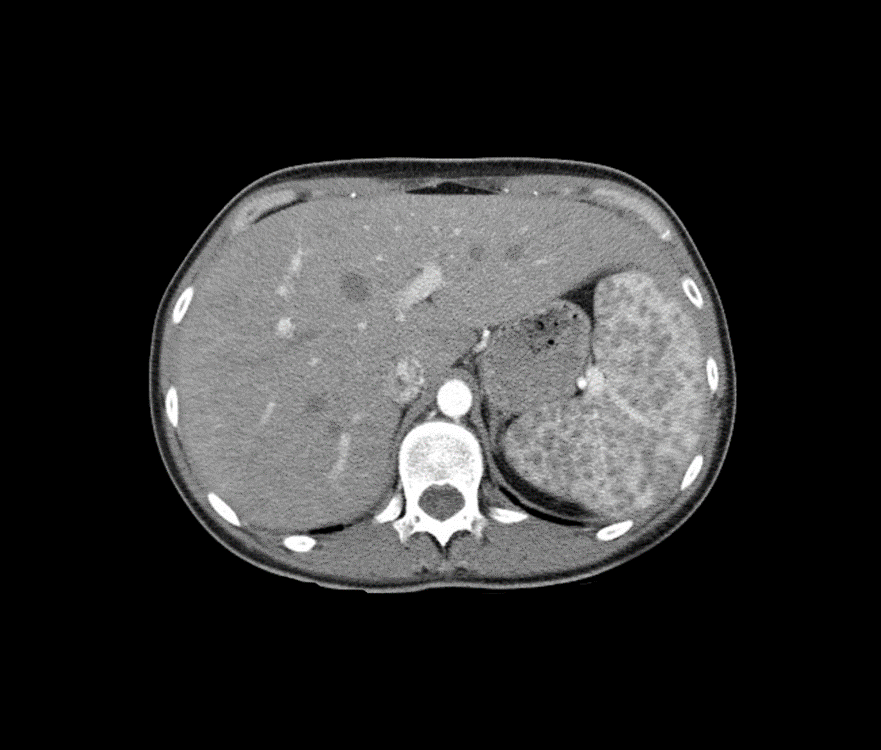
This is the fifth and final post in my series of posts about the deep learning model I developed to detect tumors in 3D CT scans of livers. My last post talked about visualizing the results of the computer vision project. This post will cover model accuracy and the final
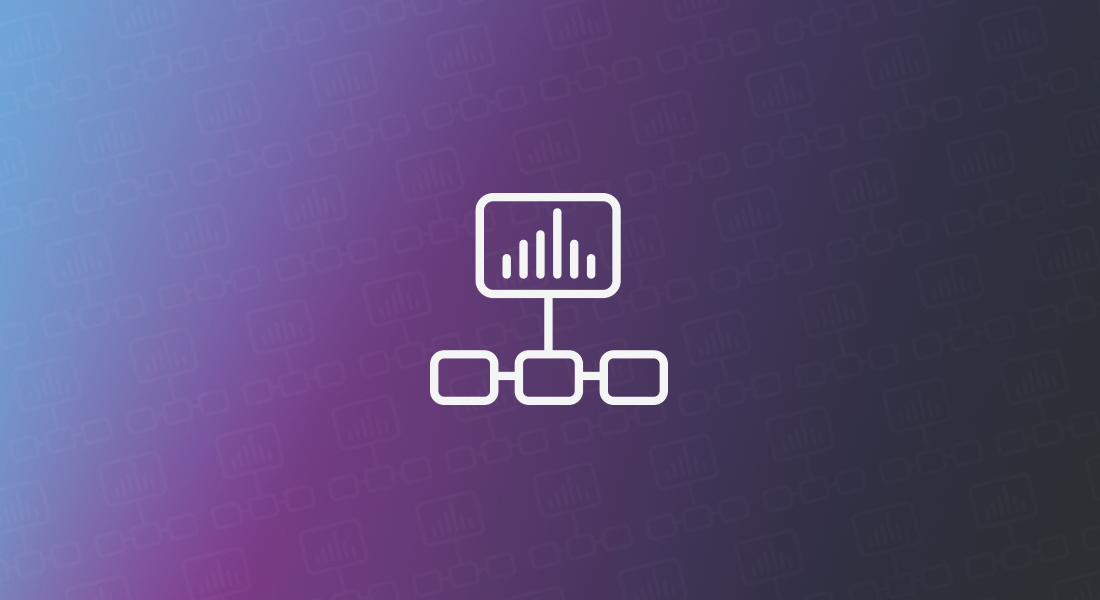
I look forward to Pi Day every year at SAS because it's a day of celebration including yummy pies and challenging games that challenge you to recall the digits after the decimal point in Pi. Plus you get to wear Pi t-shirts (I have about seven). Today, though we are going to talk about DLPy which sounds like Pi and
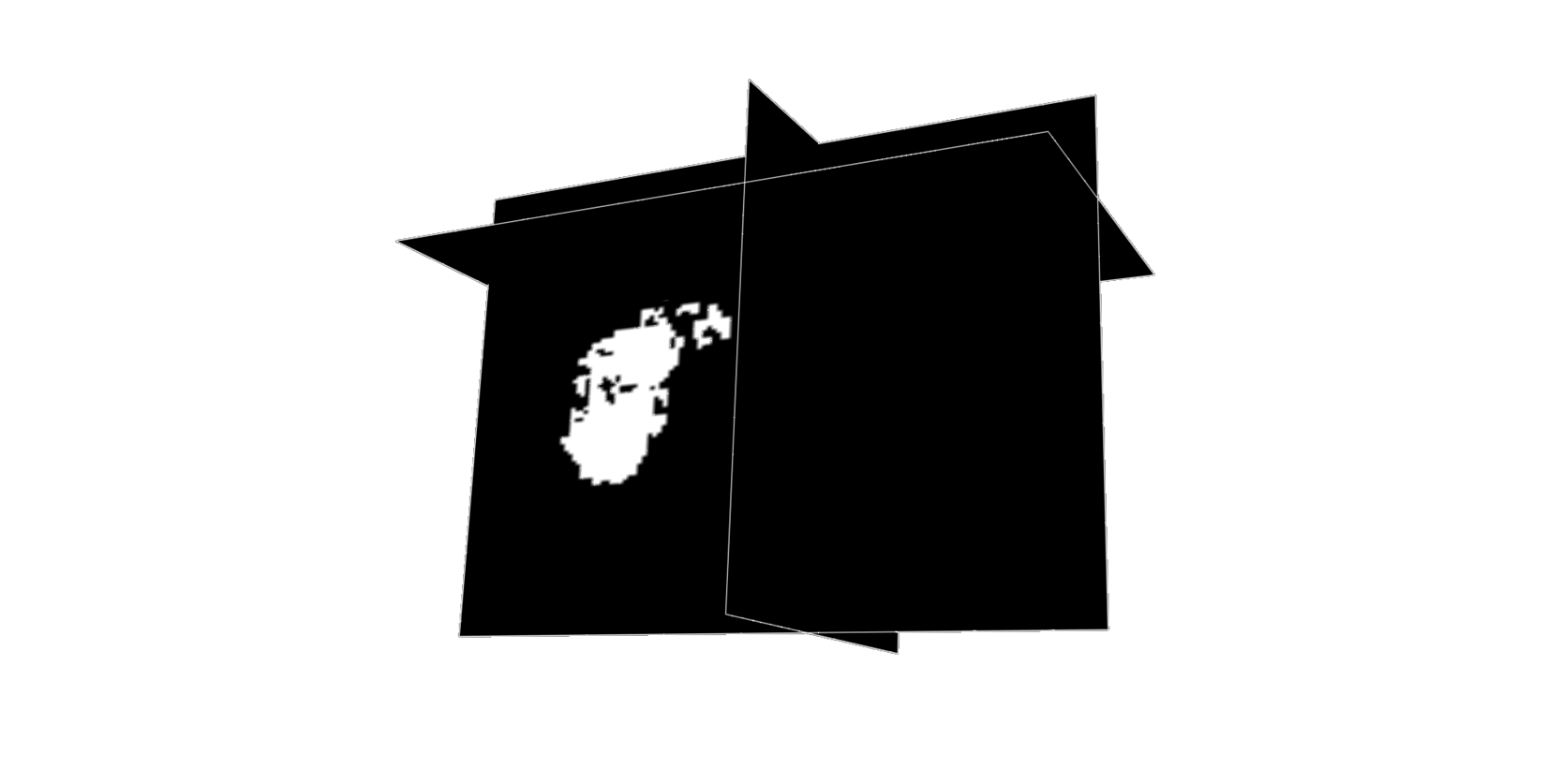
This is the fourth post in my series about a computer vision project I worked on to identify liver tumors in CT scans. In my previous post, I had taken a break from my deep learning model to work on data management and data labeling. Now, I’ll return to the

This is the third post describing a computer vision project I worked on at SAS to identify liver tumors in CT scans. In my previous post I talked about testing different models and hyperparameters for the models. Today, I’ll talk about data processing for image data. If you need to
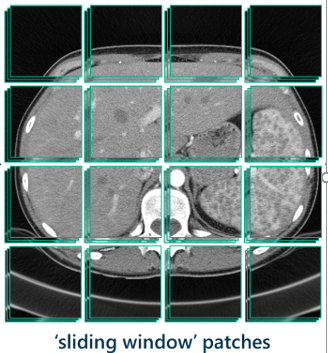
This is the second post in my series about a computer vision project I worked on at SAS. In my previous post, I talked about my initial research and excitement for the project. In this post, I’ll talk about how I refined my goals and got started with the project